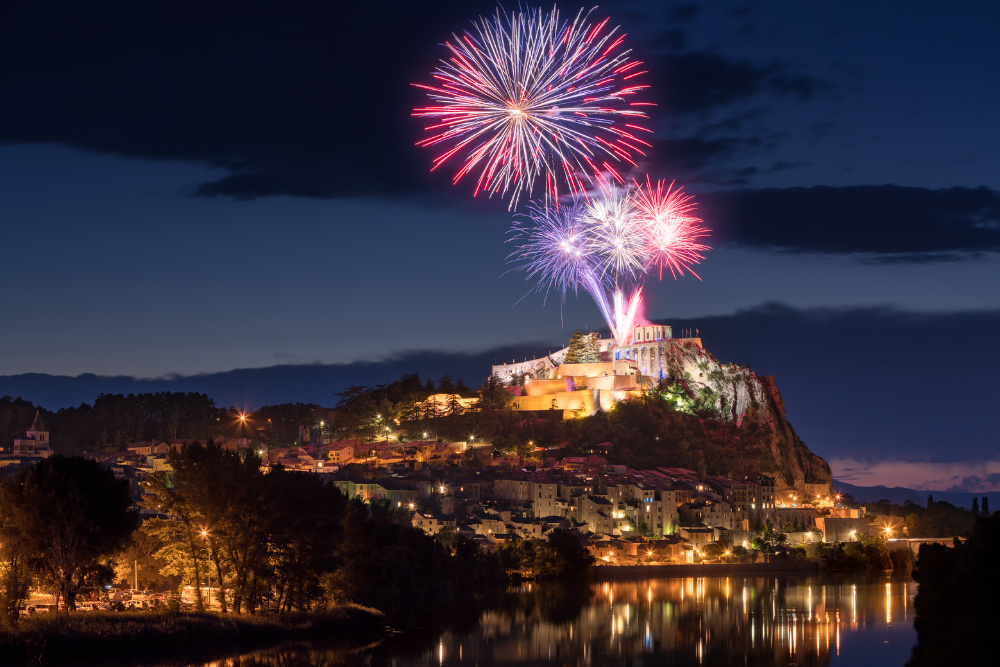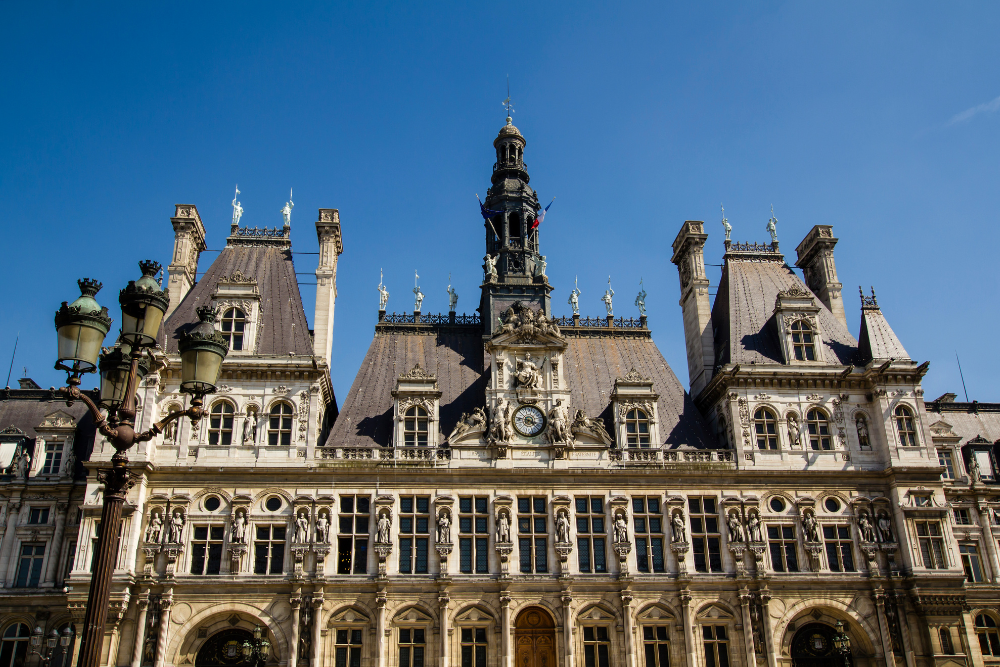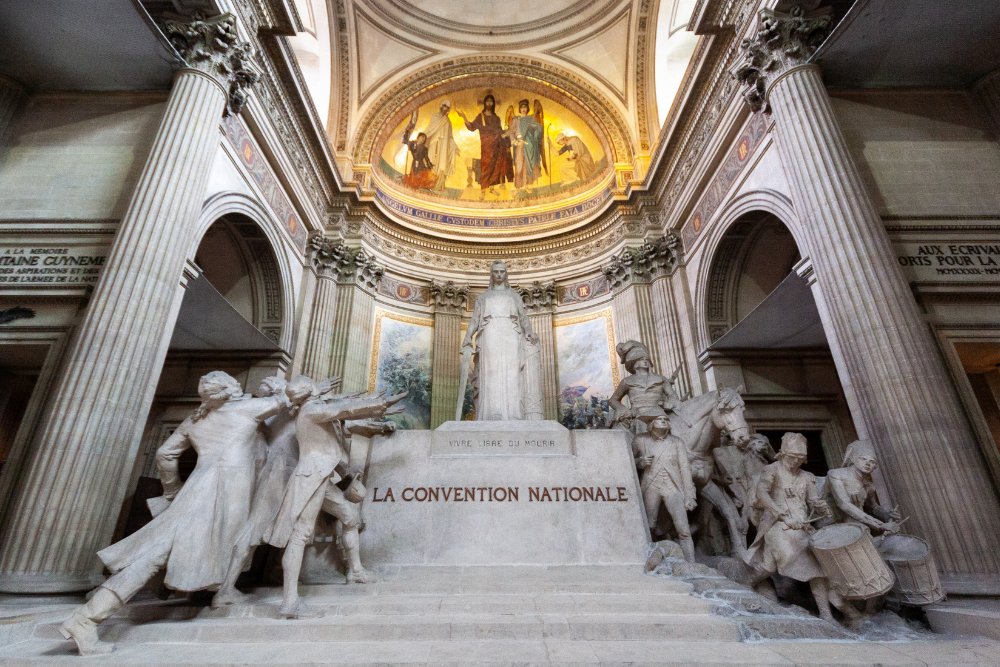Paris is a city steeped in history, and one of its most significant and tumultuous periods was the French Revolution. Spanning from 1789 to 1799, the revolution fundamentally changed the course of France’s history and had a profound impact on the world. Today, visitors can walk through Paris’s streets and landmarks and trace the events that led to the overthrow of the monarchy, the rise of radical political ideologies, and the eventual establishment of the First French Republic. For history enthusiasts, a trip to Paris offers a unique opportunity to explore the rich legacy of the French Revolution. Here’s a guide to some of the key places and events to explore in Paris that reflect the revolution’s impact.
1. The Bastille – The Birth of the Revolution
One of the most iconic events of the French Revolution is the storming of the Bastille on July 14, 1789. The Bastille, a former royal prison, symbolized the absolute power of the monarchy and the oppression of the people. When the revolutionaries stormed the Bastille, they did so in protest against King Louis XVI’s rule and in search of arms and ammunition.
Although the original Bastille was demolished shortly after the storming, the site remains a significant historical landmark. Today, the Place de la Bastille marks the spot where the prison once stood. While the Bastille itself no longer exists, the Bastille Opera House stands nearby, and the July Column in the center of the square commemorates the July Revolution of 1830.
Tip: Visit the Bastille Metro Station where you can see a small plaque that marks the exact location of the former prison.
2. The Conciergerie – A Revolutionary Prison
The Conciergerie is a medieval palace turned prison and is one of the most significant historical sites related to the French Revolution. It was here that many revolutionaries were imprisoned, including Marie Antoinette, the last Queen of France, before her execution in 1793. During the Revolution, the Conciergerie became a high-security prison where suspects were held before being tried, often leading to the infamous guillotine.
Visitors to the Conciergerie can tour the rooms where Marie Antoinette was confined, as well as explore exhibits that tell the stories of other notable figures from the revolution who were held here, including Robespierre and Danton.
The Conciergerie is part of the Palais de Justice complex and is located on the Île de la Cité, the heart of medieval Paris. The building’s gothic architecture and chilling history make it an essential stop for anyone interested in the revolutionary period.
Tip: Don’t miss the cell of Marie Antoinette, which has been preserved to give visitors an understanding of her final days before her execution.
3. The Place de la Concorde – The Guillotine’s Last Stand
One of the most significant and tragic sites from the French Revolution is the Place de la Concorde. This grand public square was where many of the revolution’s most famous figures, including Louis XVI, Marie Antoinette, and Robespierre, met their fates at the guillotine.
In 1793, during the height of the Revolution, King Louis XVI was executed here, marking the end of the French monarchy. Marie Antoinette followed soon after, as did many others during the Reign of Terror, a period characterized by mass executions.
Today, the Obelisk of Luxor, a 3,000-year-old Egyptian monument, stands at the center of the square. Although the square is now peaceful and beautiful, it serves as a reminder of the bloodshed that occurred here during the Revolution. Walking through the square, you’ll get a sense of the grandiose public space that became a site of political execution.
Tip: You can visit the Tuileries Gardens, just a short walk away from the Place de la Concorde, to take in the views of the square and reflect on its historical significance.
4. The Panthéon – Final Resting Place of Revolutionary Heroes
The Panthéon is another iconic Parisian landmark that tells the story of the French Revolution. Originally a church, the Panthéon was transformed into a mausoleum for famous French figures during the Revolution. It now serves as the burial place for many of France’s greatest leaders and thinkers, such as Voltaire, Jean-Jacques Rousseau, and Émilie du Châtelet.
One of the most notable figures interred here is Marat, a leader of the revolutionary Jacobins who was assassinated during the Reign of Terror. His tomb is in a prominent spot in the Panthéon, and visitors can learn more about the role he played in shaping revolutionary thought.
The Panthéon also hosts exhibits related to the Revolution, exploring the events that led to the overthrow of the monarchy and the subsequent establishment of the Republic.
Tip: If you’re interested in learning more about the figures who influenced the Revolution, visit the Panthéon and take a guided tour to understand the complex history of these individuals and their roles in French history.
5. The Hôtel de Ville – The Heart of Revolutionary Paris
The Hôtel de Ville (City Hall) is another important revolutionary site in Paris. During the Revolution, it was the center of political life, where meetings of the revolutionary government were held. It was here that the National Convention, the revolutionary assembly that replaced the monarchy, declared the abolition of the monarchy and the establishment of the First French Republic.
The building itself has a storied history, and it has been renovated and restored over the years. The Hôtel de Ville was also the location of many important events, including the formation of the Committee of Public Safety, which governed during the Reign of Terror.
Today, the Hôtel de Ville is still in use as the headquarters of the Paris municipal government, and it is open to the public for visits. Its majestic façade and historical significance make it a noteworthy stop for those interested in the revolutionary period.
Tip: Look for temporary exhibitions on the French Revolution and the Hôtel de Ville’s role in the political upheaval of the time.
6. The Musée Carnavalet – The Museum of the French Revolution
For those wishing to dive deep into the history of the French Revolution, the Musée Carnavalet is an absolute must-see. Located in the Marais district, this museum is dedicated to the history of Paris and the French Revolution, showcasing a vast collection of artifacts, paintings, and displays related to the period.
The museum’s exhibits cover everything from the storming of the Bastille to the fall of Napoleon Bonaparte. Key pieces include portraits of revolutionaries, objects used during the Revolution, and Marie Antoinette’s personal items. It’s a fantastic place to get a fuller understanding of the events that shaped modern France.
Tip: The Musée Carnavalet is free to visit, making it an excellent choice for history buffs who want to spend a few hours exploring the revolution in detail.
7. The Rue de Rivoli – A Historic Revolutionary Street
The Rue de Rivoli is one of Paris’s most famous streets and is closely linked to the French Revolution. It runs through the heart of the city, passing several key historical sites, including the Louvre Museum. During the Revolution, many important political events took place here, including the storming of the Tuileries Palace and the execution of the king.
While today the street is lined with shops and cafes, its historical significance is evident. It’s a great place to stroll and imagine the dramatic events that unfolded during the revolution.
Tip: Walk along the Rue de Rivoli to see the various landmarks associated with revolutionary Paris, including the Louvre and Tuileries Gardens, which are integral to the story of the Revolution.
Conclusion
The French Revolution is a crucial chapter in the history of France, and Paris, the city at the heart of this upheaval, remains a living testament to the events that reshaped the nation. From the storming of the Bastille to the execution of Louis XVI and the rise of radical politics, Paris is filled with landmarks that allow visitors to explore the revolution’s rich history. Whether you’re walking through Place de la Concorde, visiting the Conciergerie, or discovering the Musée Carnavalet, Paris offers an incredible journey back in time to witness the birth of modern democracy.












